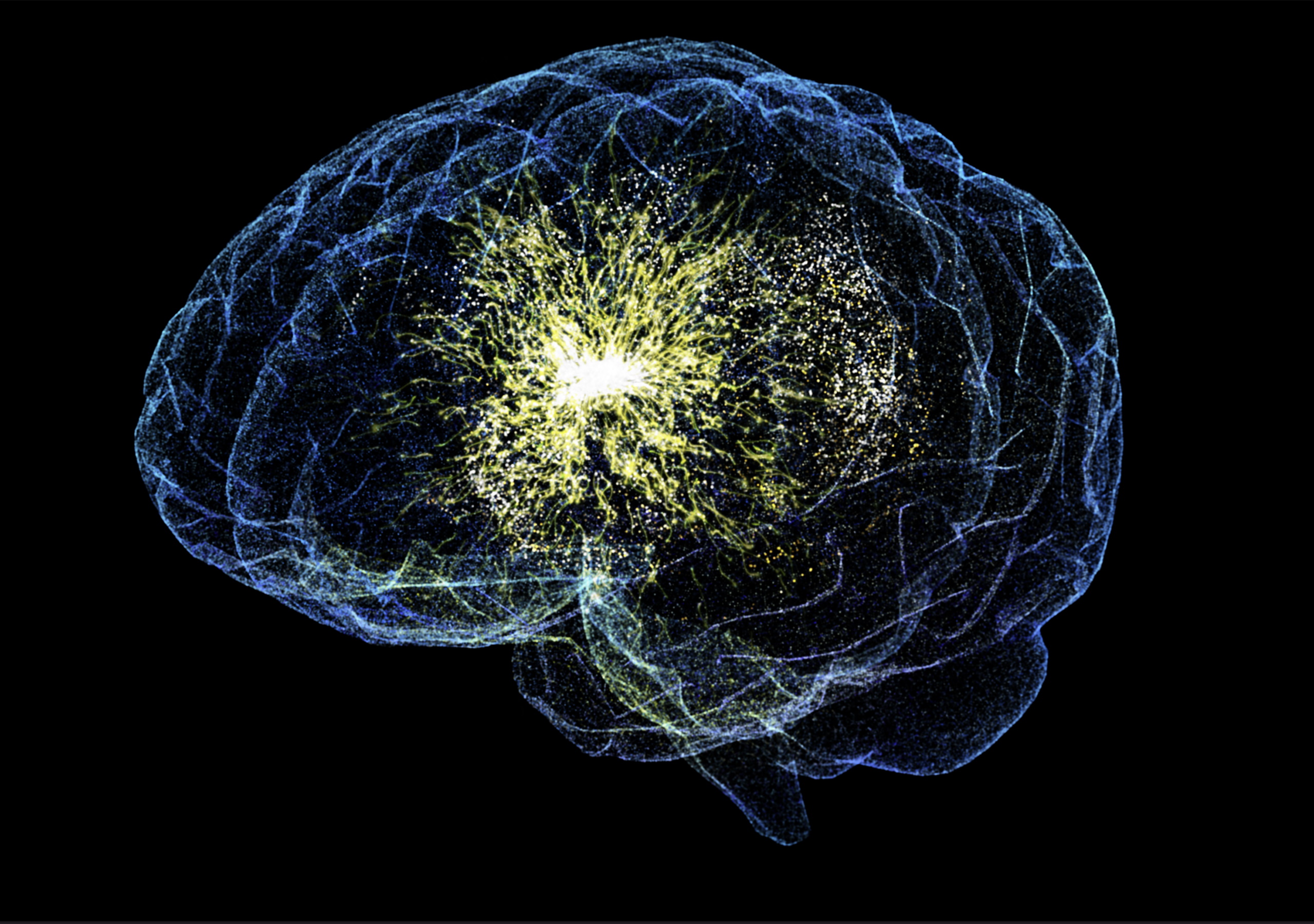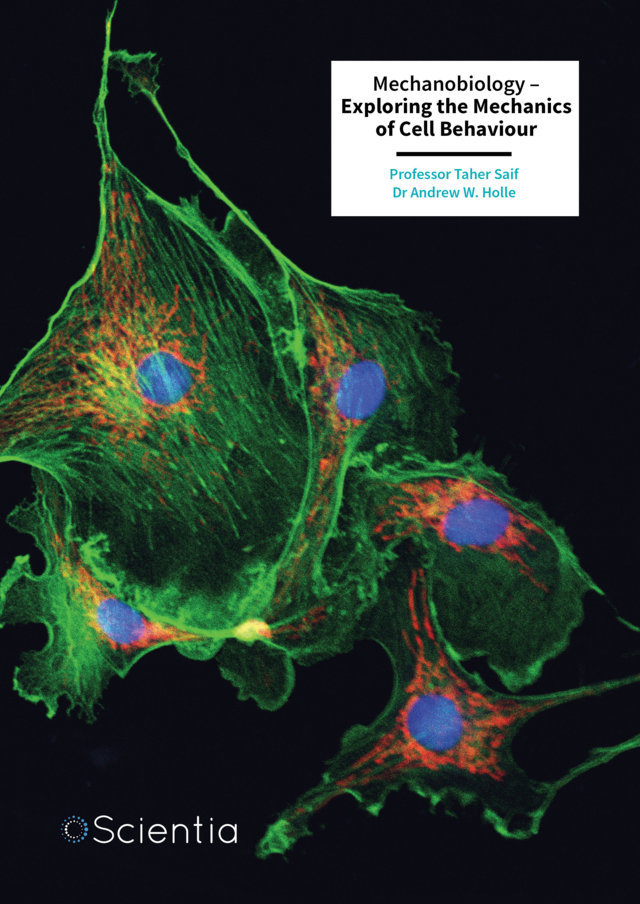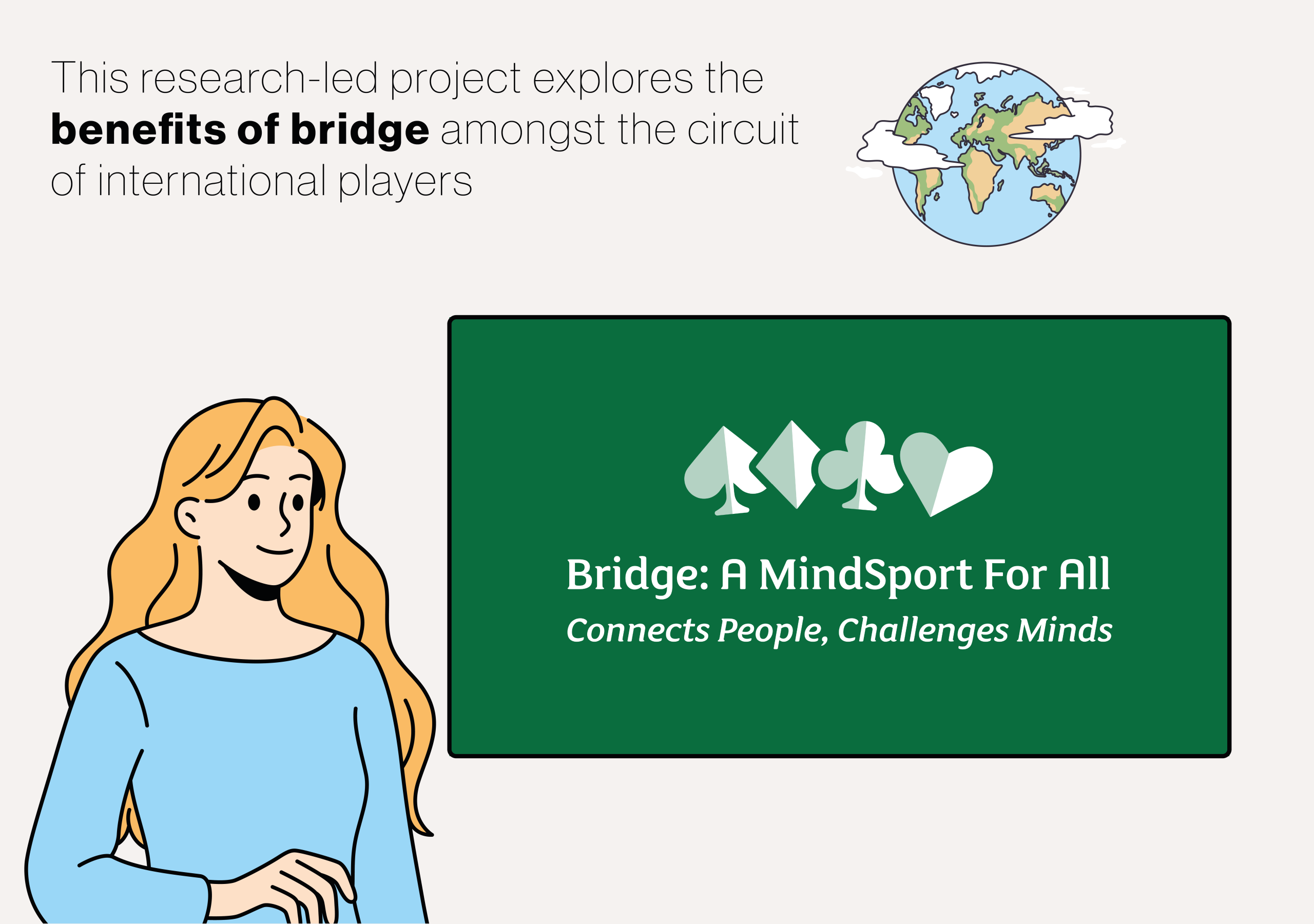Aging is a tale written by the cells in our bodies, although some cell types play a bigger role than others. At the crux of this story is an intriguing protagonist: the stem cell. These master builders, which can differentiate into any cell type, thereby helping to replace diseased or worn-out tissues, are essential for tissue repair and in maintaining health into old age. But as we get older, the capabilities of stem cells gradually diminish, which is known as stem cell exhaustion and is a key facet of aging itself. Stem cell exhaustion plays a role in a large number of age-related diseases, meaning that it could be a crucial research target in developing new treatments and techniques to help us age well. A Research Topic in the open-access journal Frontiers in Aging has been curated by Dr. Sarallah Rezazadeh of the Icahn School of Medicine at Mount Sinai and Professor Georgina May Ellison-Hughes of King’s College London. The Topic collects groundbreaking studies into stem cell exhaustion under one open-access roof, exploring the detailed mechanisms underlying the phenomenon and establishing the field in a wider context to identify promising therapeutic approaches for those later in life. More
Before discussing stem cell exhaustion and its implications, it is important to understand what stem cells are and why they matter. Stem cells are an undifferentiated cell type that can divide, proliferate and transform into the specialized cells that constitute our many and varied tissues. One way to think about stem cells is to see them as a repair kit, that is ready to spring into action when needed to replace worn-out cells or heal damaged tissue. While stem cells fulfil this repair role throughout life, their effectiveness wanes over time.
Stem cells balance two states: quiescence (a dormant state where they conserve energy and remain ready for action) and activation (where they divide to repair tissues). Maintaining this balance is crucial. Too much activity can deplete stem cell reserves, while excessive dormancy can leave tissues vulnerable to damage.
As discussed by Drs Rezazadeh and Ellison-Hughes in their succinct Editorial article that accompanies the Research Topic, one of the hallmarks of aging is stem cell exhaustion, which, as discussed, is a reduction in ability of stem cells to repair tissues. The decline can stem from environmental stress, changes in the surrounding tissue (called the “stem cell niche”), or alterations in molecular pathways.
A key study in the research topic explored hair follicle stem cells, which help to maintain healthy skin and hair. Using advanced techniques, such as the single-cell Assay for Transposase-Accessible Chromatin sequencing, the researchers examined how chromatin, a tightly packed form of DNA, changes as these cells age. They found that younger stem cells have a more open chromatin structure, allowing genes responsible for repair and renewal to be easily accessed. In aging cells, this openness is diminished, affecting their ability to stay dormant or become active as needed. This finding offers insights into how chromatin dynamics influence aging and may pave the way for interventions to rejuvenate stem cells.
Another study focused on neural stem cells, which generate new brain cells throughout life. These cells are vital for memory, learning, and recovery from injury. However, they also decline with age. Researchers investigated the role of proteins such as p16, which regulate the cell cycle. These proteins act like brakes, preventing cells from dividing uncontrollably.
Interestingly, the study found that removing these brakes in mice led to an increase in neural stem cell activity when combined with exercise. This suggests that physical activity could partially reverse age-related declines in the brain. However, the effect wasn’t limitless: repeated rounds of exercise did not produce the same results, hinting that stem cell exhaustion is a tightly regulated process.
Among the earliest signs of aging in humans is a decline in fertility. Unlike other stem cells, egg cells (known as oocytes) are not replenished over time. Instead, they must last a lifetime, which makes understanding their aging process particularly important. One study in the research topic drew parallels between oocytes and stem cells, such as hematopoietic stem cells, which are the cells responsible for producing blood. Both rely on glycolysis, a type of energy production that minimizes damage from reactive oxygen species (known as ROS).
As oocytes age, their mitochondria (the cell’s power plants) become less efficient, leading to increased ROS levels and cellular damage. Caloric restriction, a dietary intervention that reduces calorie intake without malnutrition, was shown to protect oocytes and other stem cells by reducing metabolic stress. The study identified proteins such as SIRT1, which are activated during caloric restriction, as potential targets for preserving oocyte function.
Stem cells don’t just age on their own, they communicate with their surroundings through tiny structures called exosomes. These tiny vesicles carry proteins and genetic material between cells, influencing their behavior. One study examined how exosomes contribute to the quiescent state in neural stem cells. It found that exosomes help these cells conserve energy by discarding unnecessary components of their protein-making machinery.
This discovery opens new avenues for understanding how stem cells regulate their activity. By targeting the production, function or content of exosomes, scientists may be able to influence the balance between quiescence and activation, potentially delaying stem cell exhaustion.
The research curated by Drs Rezazadeh and Ellison-Hughes suggests that lifestyle factors can profoundly impact stem cell health. For instance, exercise not only boosts brain function but also stimulates stem cell activity in the dentate gyrus, a part of the hippocampus. Similarly, dietary strategies like caloric restriction appear to preserve stem cell function across multiple tissues.
However, these interventions are not magic bullets. The studies highlight the complexity of stem cell biology and the need for a deeper understanding of the molecular pathways involved. For example, while manipulating proteins such as p16 may modulate stem cell activity, this must be performed carefully to avoid unintended consequences, such as uncontrolled cell growth, which could contribute to cancer risk.
The findings in this research topic underscore the immense potential of stem cell science to transform how we age. By unraveling the mechanisms behind stem cell exhaustion, researchers hope to develop therapies that can extend not just lifespan but also healthspan, the years we spend free from chronic disease and disability.
Exciting possibilities include using genetic manipulation to tweak key regulators of stem cell activity, developing drugs that mimic the effects of caloric restriction, and refining techniques to rejuvenate aging cells. However, significant challenges remain, such as identifying reliable markers to distinguish between active and dormant stem cells and translating these discoveries into safe, effective treatments for humans.
Aging may be inevitable, but the work led by Professors Rezazadeh and Ellison-Hughes offers hope that its burdens can be eased. By bringing together cutting-edge research, their editorial and curated research topic highlights the progress scientists are making in understanding the aging process and points the way toward interventions that could improve quality of life for millions.
Ultimately, the story of stem cell exhaustion is not just about cellular decline, it’s about the resilience and adaptability of life. With continued research and collaboration, we may one day turn back the clock on aging, unlocking a future where vitality and health are preserved well into our golden years.







